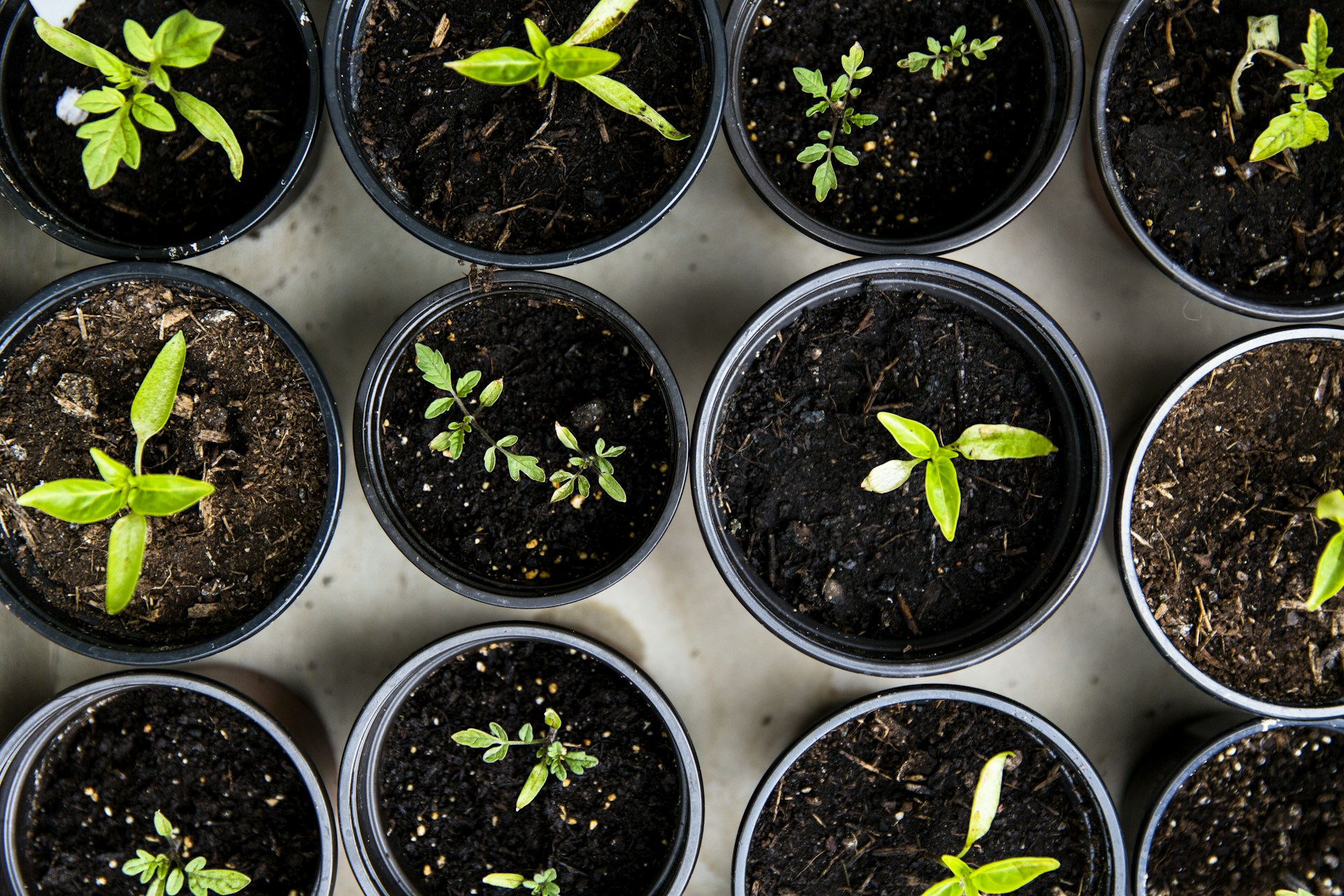
How to Test and Improve Your Garden Soil
Learn how to test and improve your garden soil with this beginner-friendly guide. Step-by-step instructions for checking soil pH, texture, and fertility—plus easy ways to enhance your soil for healthier, more productive plants.
SOIL HEALTH & COMPOSTING
P + P
6/27/20253 min read


How to Test and Improve Your Garden Soil
Step-by-step instructions on testing soil pH, structure, and fertility—and how to enhance them.
Disclosure: As an Amazon Associate, I earn from qualifying purchases. Some of the links in this post may be affiliate links, which means I may earn a small commission at no extra cost to you.
Healthy gardens start with healthy soil. But how do you actually know if your soil is supporting your plants—or holding them back?
Whether you're growing vegetables, herbs, or flowers, understanding your soil’s condition is essential. This guide walks you through how to test your garden soil and what to do next to improve it—no science degree required.
Let’s dig in.
🌱 Why Test Your Soil?
Soil isn’t just dirt. It’s a living system that holds water, nutrients, and microbes your plants rely on. If your garden struggles with poor growth, yellowing leaves, or frequent pests, your soil may be out of balance.
Testing helps you:
Understand pH and nutrient levels
Identify drainage or texture issues
Apply amendments with purpose (not guesswork)
Grow healthier, more productive plants
🧪 Step 1: Test Your Soil pH
What it is: pH measures how acidic or alkaline your soil is on a scale of 0 to 14. Most plants prefer a neutral range between 6.0 and 7.0.
How to test:
Use a home pH test kit or digital soil tester. (https://amzn.to/4npcGiM) our recommendation
Or send a soil sample to a local agricultural extension service for a detailed analysis
Interpreting results:
Below 6.0 = Acidic soil (may need lime)
Above 7.0 = Alkaline soil (may need sulfur)
How to improve:
To raise pH (make soil less acidic): Add garden lime
we use Epsom Organic Garden Lime https://amzn.to/3TfdZDe
To lower pH (make soil more acidic): Add elemental sulfur or peat moss
we use Down to Earth Acid Mix https://amzn.to/44oFZcH
Mix amendments thoroughly and re-test after a few weeks
🧱 Step 2: Assess Soil Texture and Structure
What it is: Texture describes the mix of sand, silt, and clay. Structure affects how well soil drains and holds nutrients.
How to test:
Grab a handful of moist soil and squeeze it:
Sandy: Falls apart easily; drains fast
Clay-heavy: Stays compacted; poor drainage
Loamy (ideal): Crumbly, holds shape slightly
Or try the jar test:
Fill a jar with soil and water
Shake and let settle for 24 hours
Observe layers: sand on bottom, silt in middle, clay on top
How to improve:
Clay soil: Add compost, aged manure, or gypsum to loosen it
Sandy soil: Add compost and organic matter to hold moisture
Compacted soil: Use a garden fork or broadfork to aerate without tilling
🌾 Step 3: Check for Fertility (Nutrient Levels)
Plants need nitrogen (N), phosphorus (P), and potassium (K), plus trace minerals. If these are out of balance, you’ll see poor growth or disease.
How to test:
Use a DIY NPK test kit for basic results. Rapitest by Luster Leaf works well. Plants will usually tell you if something is not right at which point we would use one of these. https://amzn.to/3TgyTlw
For precision, send soil to a lab or cooperative extension
Many garden centers also offer test kits with instructions
How to improve:
Low in nitrogen: Add compost, alfalfa meal, or fish emulsion
we love the bloom city fish fertilizer, works amazing https://amzn.to/3TJtlA2
Low in phosphorus: Add bone meal or rock phosphate
we use down to earth organic bone meal https://amzn.to/3IklNBd
Low in potassium: Use kelp meal or greensand
we use down to earth organics kelp meal https://amzn.to/4kXTEhS
🧤 Always follow label instructions and avoid over-applying fertilizers, which can harm soil life and runoff into waterways.
🌿 Step 4: Observe Soil Life and Organic Matter
Soil should be teeming with earthworms, microbes, and fungi. These unseen allies help decompose organic material, cycle nutrients, and fight disease. Of these items we definitely use the Myco Supreme by Trifecta. It helps stimulate root growth with the help of mycorrhizal fungi https://amzn.to/4kaydZF
Signs of healthy soil:
Earthworms are present
Soil smells earthy, not sour
Decomposing roots and bits of organic matter are visible
How to improve:
Add compost regularly
Use mulch to protect soil from drying and erosion
Avoid synthetic chemicals that kill microbial life
Practice no-dig gardening or minimal disturbance
🛠 Soil Tools That Help
Compost bin or tumbler – for homemade organic matter
Vivosun Composter https://amzn.to/447empM
Soil knife or trowel – for quick digging and testing
we use the Hori Hori garden knife daily https://amzn.to/3GmN0Tj
Raised beds or containers – if native soil is hard to amend
Soil thermometer – useful for planting timing
🌸 Final Thoughts
Testing your soil might seem like an extra step, but it’s one of the best ways to understand your garden from the ground up. With a little investigation and the right amendments, you can create a thriving environment where your plants—and you—feel right at home.
Remember, you don’t need perfect soil—just healthy, living soil that supports your garden goals.
